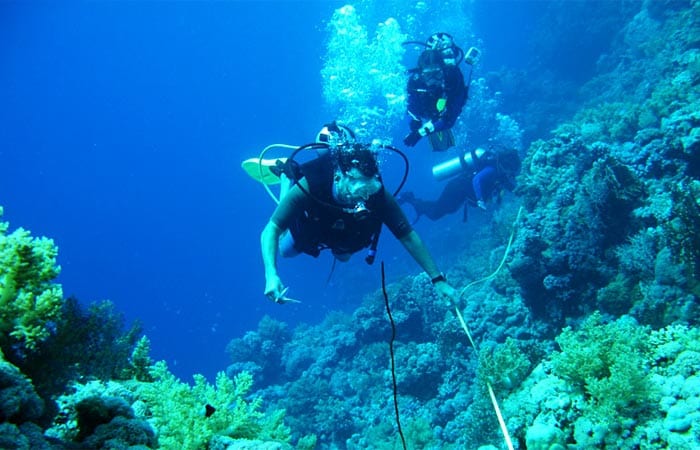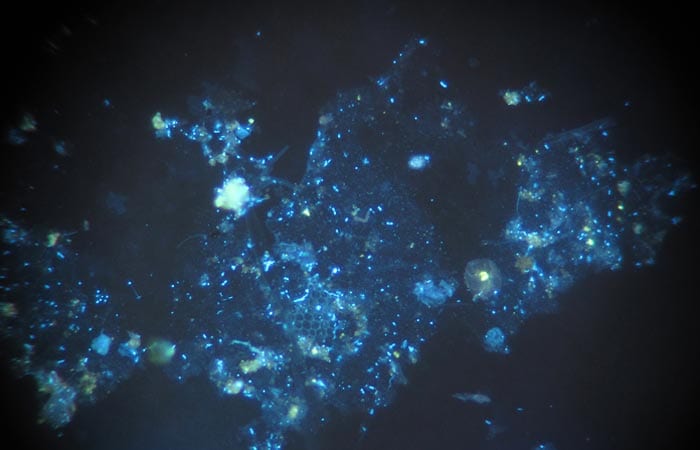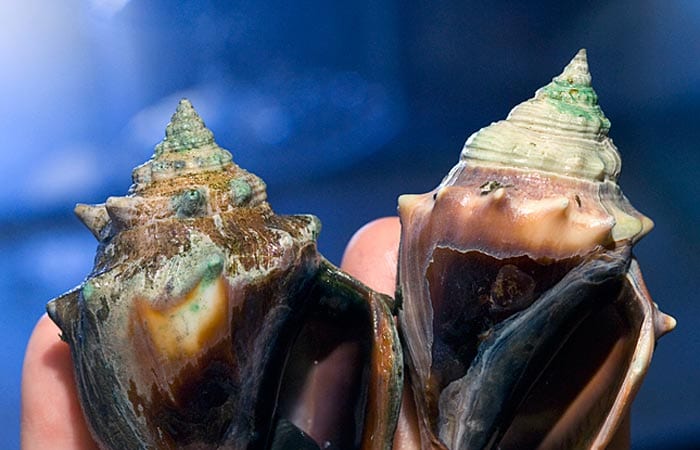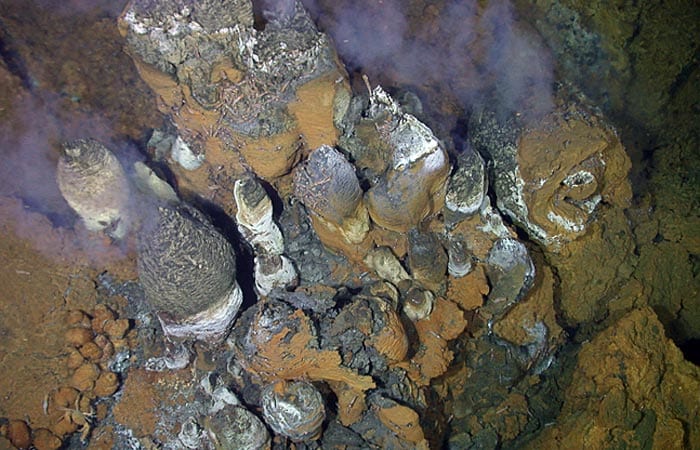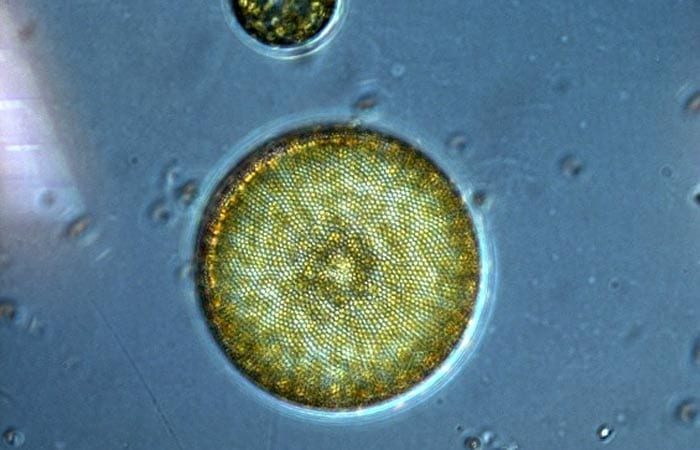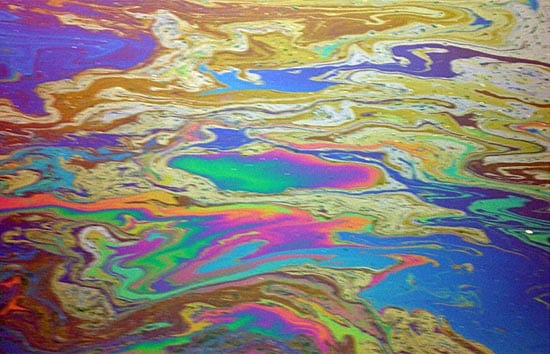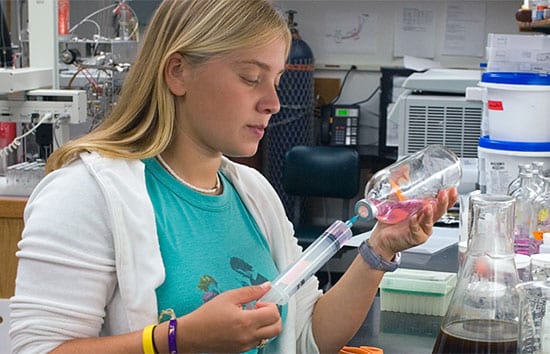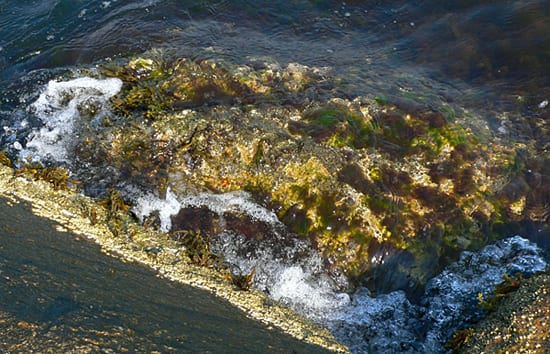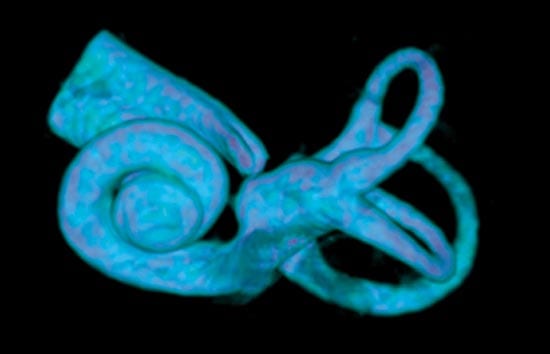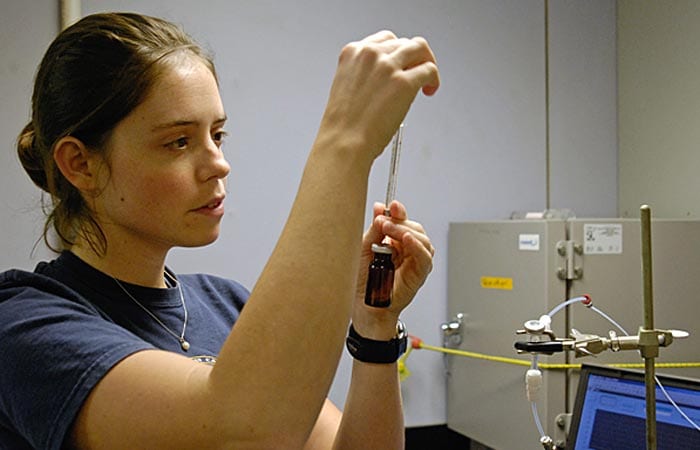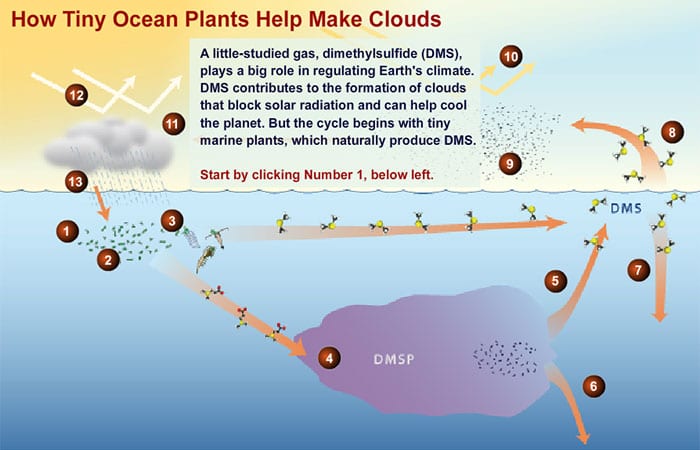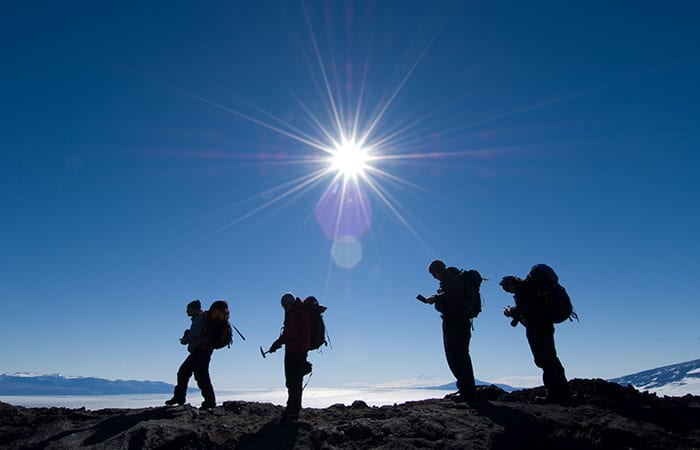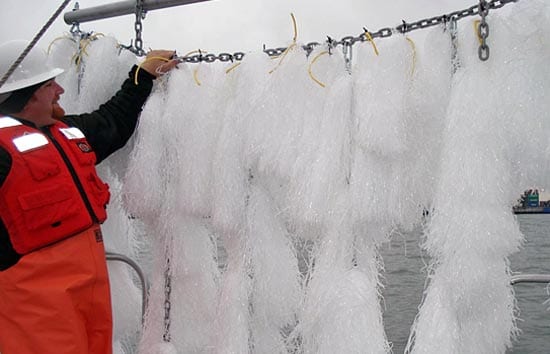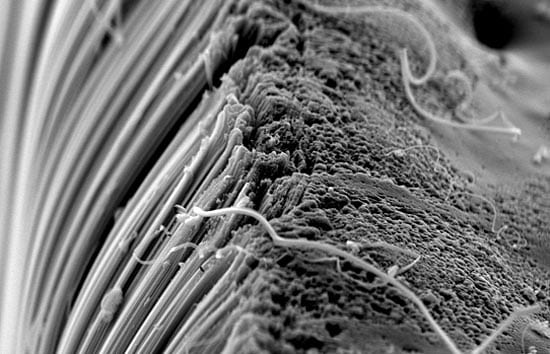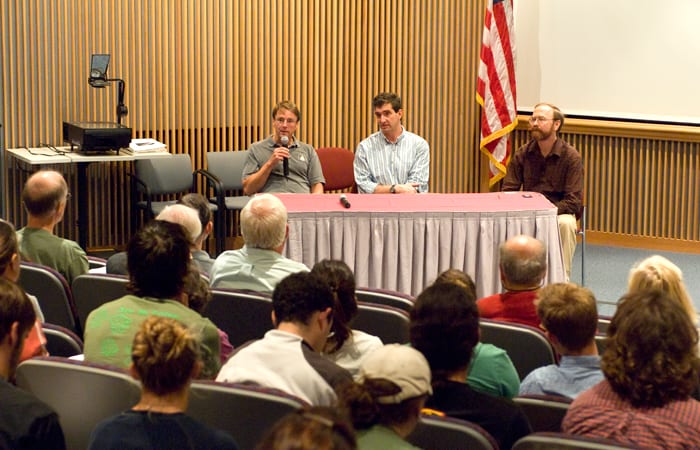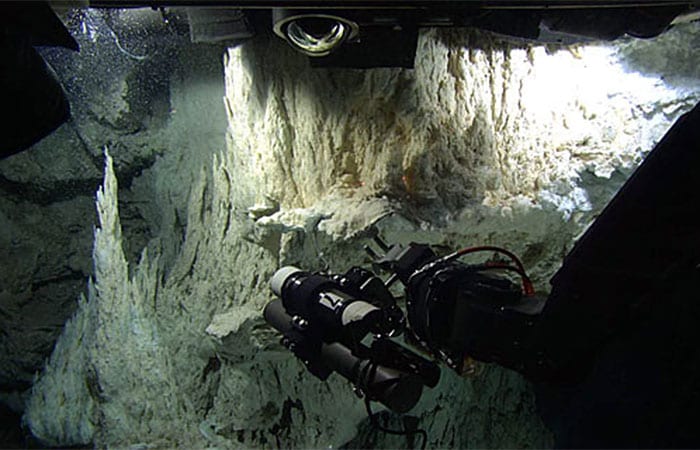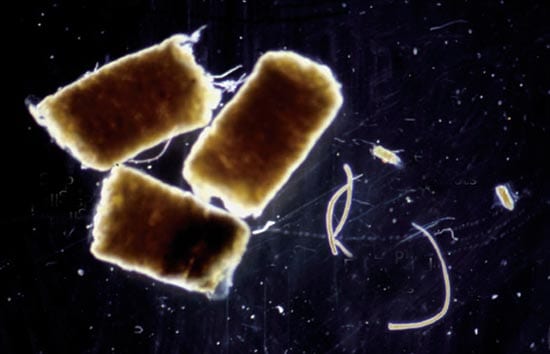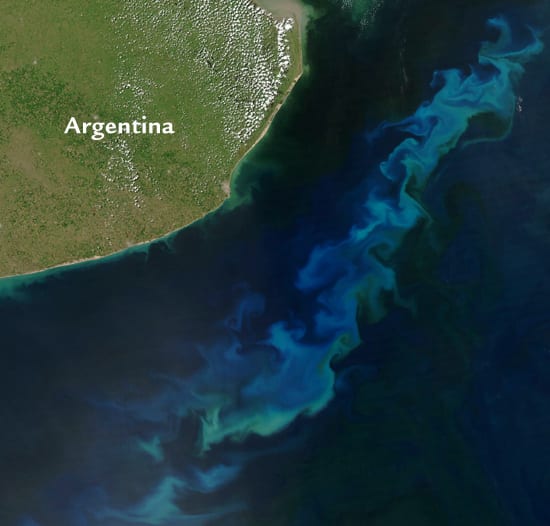Marine Chemistry & Geochemistry
WHOI Scientists Map and Confirm Origin of Large, Underwater Hydrocarbon Plume in Gulf
Scientists at the Woods Hole Oceanographic Institution (WHOI) detected and characterized a plume of hydrocarbons that is at least 22 miles long and more than 3,000 feet below the surface of the Gulf of Mexico, a residue of the BP Deepwater Horizon oil spill. The work presents a forensic snapshot of the plume characteristics in June and is reported in a study appearing in the Aug. 19 issue of the journal Science.
Read MoreWHOI scientists find ancient asphalt domes off California coast
They paved paradise and, it turns out, actually did put up a parking lot. A big one. Some 700 feet deep in the waters off California?s jewel of a coastal resort, Santa Barbara, sits a group of football-field-sized asphalt domes unlike any other underwater features known to exist. About 35,000 years ago, a series of apparent undersea volcanoes deposited massive flows of petroleum 10 miles offshore. The deposits hardened into domes that were discovered recently by scientists from the Woods Hole Oceanographic Institution (WHOI) and UC Santa Barbara (UCSB).
The Once and Future Corals
Bacterial ‘Conversations’ Have Impact on Climate
It’s wondrous how the vast and the infinitesimal combine to make our planet work. Scientists at Woods Hole Oceanographic Institution (WHOI) have found that bacteria in the ocean, gathering in…
Read MoreOcean Acidification: A Risky Shell Game
A new study has yielded surprising findings about how the shells of marine organisms might stand up to an increasingly acidic ocean in the future. Under very high experimental CO2…
Read MoreThe Promise and Perils of Seafloor Mining
A year ago, the Canadian mining company Nautilus Minerals was poised to launch a new industry: mining the deep ocean floor. All Nautilus had to do was finish building special…
Read MoreExploring an Icy, Invisible Realm in Antarctica
While Oil Gently Seeps from the Seafloor
I investigate what happens to oil spilled into the ocean—with an eye toward finding better ways to “engineer” cleanups. But the brass ring has always hung out of my reach.…
Read MoreTracking Nitrogen’s Elusive Trail in the Ocean
Humans often seem to be unable to fix a problem without creating a new one. We invented DDT to kill mosquitoes and stop the spread of malaria, but almost caused…
Read MoreListening In As Bacteria ‘Talk’ to Each Other
The 27th of January, at the entrance of the vast Bay of Bengal … about seven o’clock in the evening, the Nautilus … was sailing in a sea of milk.…
Read MoreResearchers Band Together to Create a Band
How Does Nature Deal with Persistent Pollutants?
Why would I choose to spend my years in graduate school up to my elbows in foul-smelling whale blubber? To explore how some of the most notorious man-made pollutants reach…
Read MoreThe Spiral Secret to Mammal Hearing
The spiral secrets of mammals? hearing abilities Whispering galleries are curious features of circular buildings. As whispers travel along the buildings’ curved walls, they remain loud enough to be heard…
Read MoreFor Graduate Student, Research Is a Gas
When you spend 40 days on a ship in the South Atlantic, enduring equipment failures, icebergs, and the occasional surly shipmate, you should at least get to see a few…
Read MoreDMS: The Climate Gas You’ve Never Heard Of
For generations of mariners, a tangy, almost sweet odor served as a signal that land was nearby. What sailors called “the smell of the shore” had the opposite meaning to…
Read MoreEarth, Wind, and Fire in Antarctica
From a windy, isolated camp in southern Victoria Land, Antarctica, three scientists from Woods Hole Oceanographic Institution explore how the waterless, lifeless, volcanic terrain formed and evolved. Read the story…
Read MorePopular Way to Assess Oil Spills Can Be Misused
Environmental assessment teams increasingly may be using a method to assess oil spill contamination in situations where it doesn’t work well and are in danger of reaching false conclusions, a…
Read MoreProtecting Public Health by Preventing Pollution
Growing up in Maine, Desirée Plata watched her grandmother suffer from illnesses that she suspected were related to trichloroethylene—a colorless liquid, used as a solvent for cleaning metal parts, that…
Read MoreMaking Nanotubes Without Harming the Environment
They are 10,000 times thinner than a strand of human hair, yet stronger than steel, more durable than diamonds, and able to conduct heat and electricity with efficiency that rivals…
Read MoreTo Fertilize, or Not to Fertilize
Global warming is “unequivocal,” the Intergovernmental Panel on Climate Change (IPCC) reported in November 2007. Human actions—particularly the burning of fossil fuels—have dramatically raised carbon dioxide and other greenhouse gases…
Read MoreLost City Pumps Life-essential Chemicals at Rates Unseen at Typical Black Smokers
Hydrocarbons—molecules critical to life—are routinely generated by the simple interaction of seawater with the rocks under the Lost City hydrothermal vent field in the Atlantic Ocean, according to research led…
Read MoreWill Ocean Iron Fertilization Work?
In this age of satellites, it’s fairly easy to answer the basic question of whether adding iron to the ocean can stimulate a plankton bloom. When storms over land blow…
Read MoreFertilizing the Ocean with Iron
“Give me half a tanker of iron, and I’ll give you an ice age” may rank as the catchiest line ever uttered by a biogeochemist. The man responsible was…
Read MoreExtinction of Neanderthals Was Not a Climate Disaster Scenario
For the past few decades, scientists have offered several competing theories for what led to the extinction of the Neanderthals, with much of the debate focusing on the relative roles of climate change versus conflict with modern humans. Now one theory can be ruled out. New research by a multidisciplinary, international team?including paleoclimatologist Konrad Hughen of the Woods Hole Oceanographic Institution?shows that Neanderthals did not die out at a time of extreme and sudden climatic change, as some researchers have suggested.
Read More
